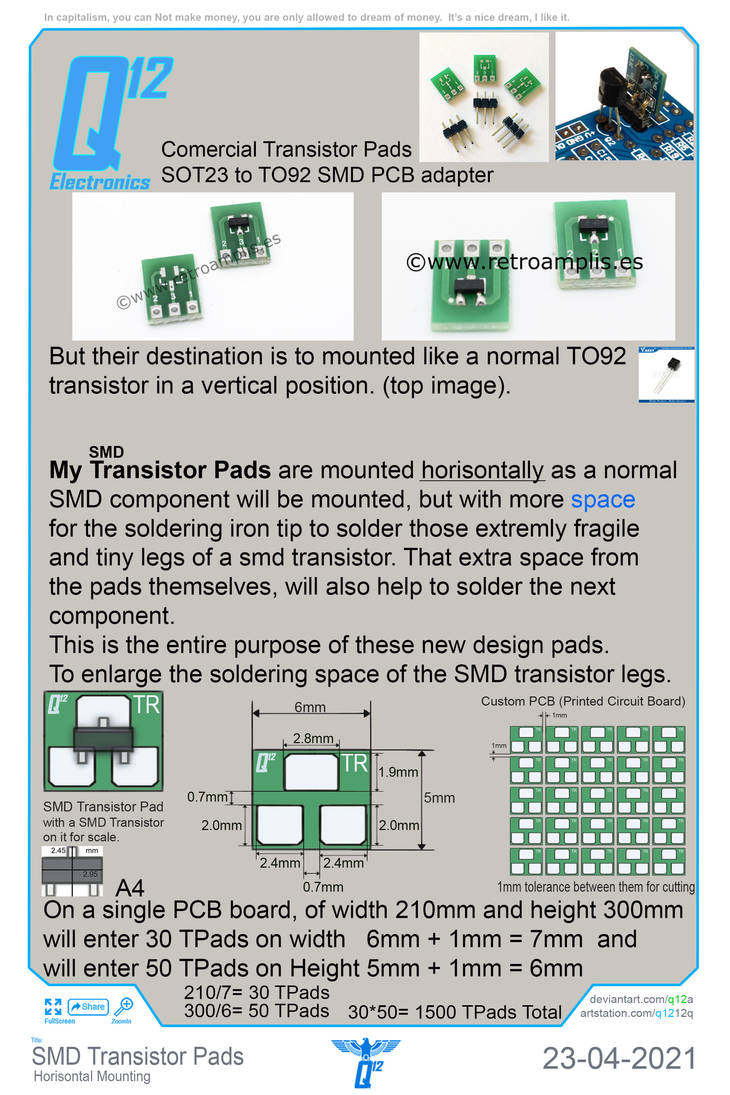As you begin to think about and design your motorised wings features, have you done a quick measurement and analysis to find out if your current power supplies can cope with the extra load when they operate?
Very good question !
But that was one of the first things I took in consideration.
My power supply that is over the door, the one that is powering the Led Wings, is marked as 5V 2A. It happens coincidentally that I just took it out yesterday and installed an indicator green led on it. Also I checked its power settings in this time so I know for sure now. I usually forget things along the way. But I know so well now because of the update yesterday.
I also took
your advice and go to microchip forums and open the discuttion about PIC's there, before, when I was in trouble. They kind of helped but mostly I figure it out myself alone, and some help from mister Steve, my good american friend. He literally stay all the time near me, and poke with me this thing, until we made it work. If I was alone it would have took me much more time to figure the PIC out, but with him, I think I speed it up considerable. I work best when I have good people around me. If i'm alone, as you can see and know already, i am VERY slow. Because I am an artist, not an electrician or electronist.
I didnt think on the "movement" part very much yet. I only have 2 ideas so far. And they are complex and hard as f.a.c.
Idea #1 the wings from cardboard moving by means of memory wire (which is very expensive and I dont have it) OR my little motors I already presented, those vibrators motors I hacked.
Idea #2 a "smart" ball. Something like these image references :
And actually to follow me around, when Im walking in my room.
But this is a very complex task I might not be able to accomplish and I know it. But is a very nice idea that is on the table, as my saying is. Yah...well. I will conform to what I can do and come with better ideas than these, that are not very complex to make and realistic to make by me and my tools and components I have.
I was thinking to go on a robotics forum for this smart ball. THey might have all the hardware and software already made for such a project. I will see in the future.
For now, is just cool to imagine. Haha.












